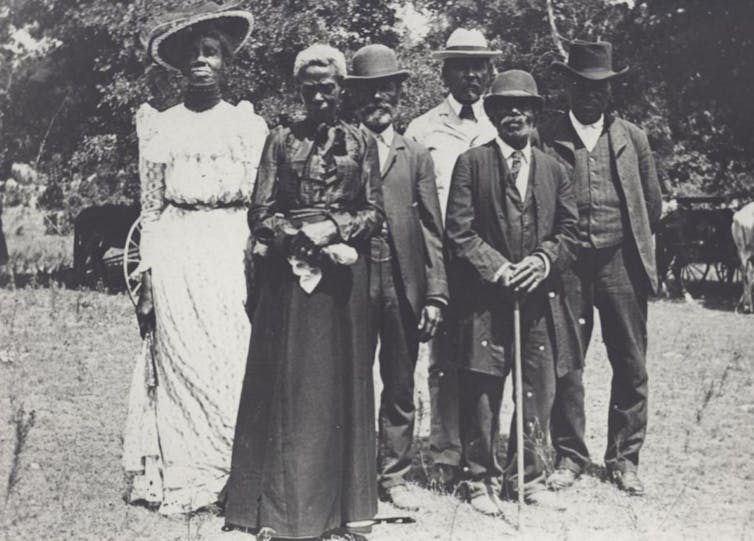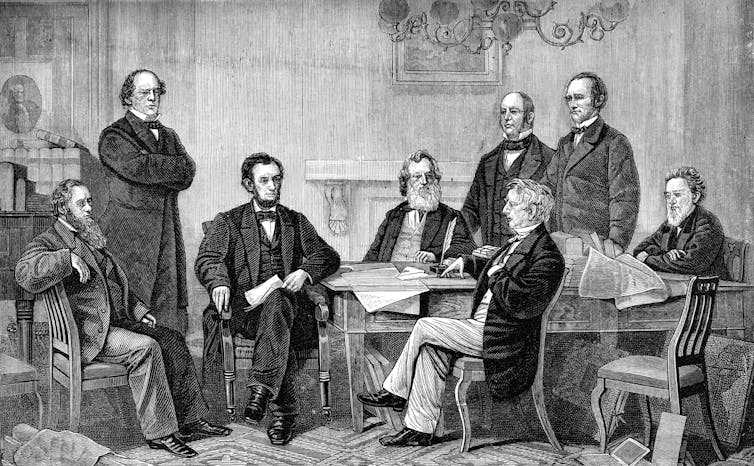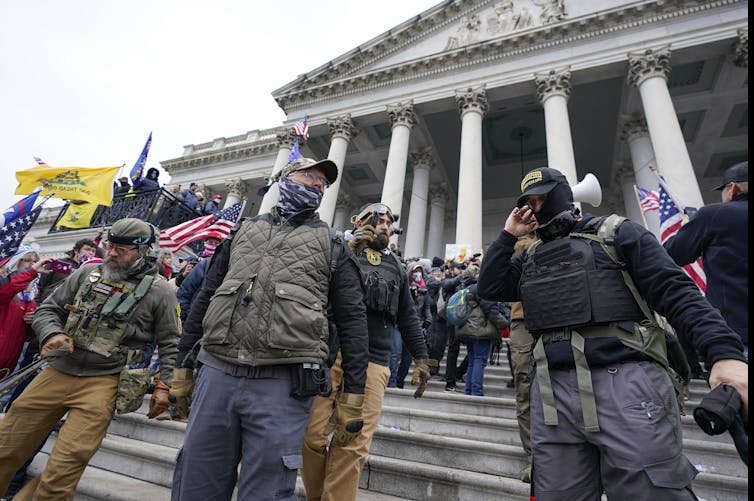
Experts in autocracies have pointed out that it is, unfortunately, easy to slip into normalizing the tyrant, hence it is important to hang on to outrage. These incidents which seem to call for the efforts of the Greek Furies (Erinyes) to come and deal with them will, I hope, help with that. As a reminder, though no one really knows how many there were supposed to be, the three names we have are Alecto, Megaera, and Tisiphone. These roughly translate as “unceasing,” “grudging,” and “vengeful destruction.”
I’m confident everyone here has heard of the Sacklers and Purdue. And I expect everyone here would, if we thought about it , have realized that no one corporation, even a conglomerate, and no one family is ever the problem by itself. There are always competitors and imitators. But I for one could never have come up with this kind of detail from my own thinking, not even combined with my own research.
==============================================================
The opioid crisis isn’t just the Sacklers’ fault – and making Purdue Pharma pay isn’t enough on its own to fix the pharmaceutical industry’s deeper problems

Peter Dazeley/The Image Bank via Getty Images
David Herzberg, University at Buffalo
You may have heard of the Sackler family and the role that they and their privately held company, Purdue Pharma, played in the opioid crisis. One TV series depicting the family as a villainous clan has earned 14 Emmy nominations. Another is in the works.
Purdue is infamous for its hard-sell marketing of its powerful, long-acting opioid OxyContin. Among its troubling tactics: co-opting legitimate medical organizations to spread messages overstating the drug’s effectiveness and understating its addiction risks. Sales boomed, making its owners fabulously wealthy and building what journalist Patrick Radden Keefe memorably calls an “empire of pain.”
Purdue’s profit-seeking became a model for other drugmakers, distributors and pharmacy chains. The ensuing sales frenzy led to skyrocketing rates of opioid addiction and related harms by the early 2000s – perhaps the worst pharmaceutical crisis in U.S. history.
So when Purdue Pharma’s bankruptcy settlement was revised in March 2022 to make the family pay US$6 billion, mostly to local and state governments, the news was greeted with at least some satisfaction. Although it looks as though no members of that family will go to prison, the people often regarded as the saga’s primary villains were at least paying a price for their misdeeds.
But as a historian of addictive pharmaceuticals, I see a danger in associating the opioid crisis too closely with the Sackler family. My research has shown that the crisis isn’t an aberration caused by the individual misdeeds of bad actors. Punishing people who broke the law, and making business leaders pay to repair the harms they caused, surely helps. Yet broad reforms are also needed to prevent similar disasters from happening again.
Who are ‘the Sacklers’?
Despite the many individuals and companies involved, the Sacklers became the public face of the opioid crisis. In part this acknowledged their status as pioneers: They were the first to hypermarket strong opioids, and they led the pack in blaming the resulting catastrophe on consumers who became addicted to those prescription painkillers.
But who are they? Their story began with Arthur, Mortimer and Raymond Sackler, three brothers who were all doctors and made a collective fortune in medical marketing. They acquired what was then called Purdue Frederick Co. in 1952.
After Arthur died in 1987, Mortimer and Raymond bought their brother’s stake in the company from his family for $22 million. For that reason, Arthur Sackler’s heirs aren’t involved in opioid-related litigation that’s on track to be resolved through Purdue’s bankruptcy settlement.
“The Sacklers” I refer to here – and when you read about them elsewhere – are Mortimer and Raymond and their heirs who benefited from Purdue’s profit machine, many of whom worked there, served on its board – or both.
Richard Sackler ran the company for years and subsequently became a micromanaging board member. His cousin Kathe Sackler, another former Purdue executive, repeatedly claimed that OxyContin was her idea, Patrick Radden Keefe has reported. Pinpointing exactly how much money they collectively extracted from Purdue is impossible, but in 2021 those two branches of the Sackler family were estimated to hold about $11 billion in assets.
Pop culture villainy
The Sacklers used their profits to protect the family’s reputation through lavish charitable donations to museums like the Guggenheim and the Louvre, and several universities – including Tufts and Yale.
Their philanthropy produced an aura of respectability but also made them highly visible. Eventually journalists connected the dots, leading to a cottage industry of books and media coverage of the opioid crisis casting the Sacklers as the bad guys responsible for historic levels of addiction and overdose.
The Sacklers-as-comic-book-villains story is on full display in actor Michael Stuhlbarg’s Emmy-nominated performance as a remarkably creepy Richard Sackler in the Hulu series “Dopesick,” based on Beth Macy’s book by the same name.
Viewers can probably expect similar fare from Michael Broderick, who will play Richard Sackler in “Painkiller,” an upcoming Netflix limited series about how the opioid crisis began.
‘White market drugs’
As satisfying as it may be, focusing on the Sacklers’ misdeeds can obscure as much as it reveals about the deeper causes of the opioid crisis.
Purdue did not invent the tactics it used to sell OxyContin. Pharmaceutical companies discover and sell genuinely miraculous products, but they also routinely wield troubling influence over every step of the production and circulation of knowledge about drugs, which can make it difficult to understand the true value of a medicine. They oversee the research that demonstrates drug effectiveness. They write or help write the publications based on the research.
Drugmakers script or influence the professional guidelines that encourage prescribing. They underwrite professional organizations and pay medical experts to spread the word. They fund and channel patient advocacy organizations into supporting the medicines they manufacture.
And then they lobby for legislation, regulations and anything else that can gin up more demand for their drugs.
Until the Food and Drug Administration approved OxyContin in 1995, these marketing techniques were forbidden for opioids, which authorities considered to be too dangerous for them.
As I explain in my book, “White Market Drugs,” federal regulators, supported by cautious medical authorities, appointed leading pharmacologists to test the addictiveness of new opioid products. They scrutinized advertisements to make sure the risks were fully and accurately conveyed.

David Herzberg/National Archives
Pharmaceutical companies tried to outfox regulators with a parade of now-forgotten “miracle opioids” long before OxyContin. Indeed, one of these would-be wonder drugs was none other than oxycodone, OxyContin’s main ingredient.
Oxycodone, discovered in 1916, had been sold in the U.S. for most of the 20th century.
In 1949, Endo Products claimed that Percodan, its new oxycodone product, shouldn’t face strict federal controls because it was chemically similar to codeine, a relatively weak opioid used in cough syrups. The company insisted it wasn’t addictive when used as prescribed.
Expert pharmacologists working with federal regulators pushed back. Noting that oxycodone produced an “intense” addiction, they pointed out that people did not always follow doctors’ orders – especially with addictive drugs.
Purdue’s real innovation with OxyContin was commercial, not scientific. The company was the first to market a powerful opioid using the most aggressive strategies other drug companies regularly used to get pharmaceutical innovations into bodies with great speed and efficiency – while maximizing profits.
Once Purdue showed it could be done, competitors quickly followed suit. The industry replaced U.S. medicine’s century-old habits of opioid precautions with a reckless boosterism.
Complicity of many industries
Purdue, that is, didn’t act alone.
Other drugmakers such as Endo and Janssen imitated and even surpassed Purdue’s example once the taboo had been broken.
Generic manufacturers such as Allergan and Teva then profited by expanding and prolonging the boom, as did wholesale drug distributors and retail chain pharmacies. Even the prestigious McKinsey consulting firm got into the game, advising others how to maximize sales.
The complicity of so many industries makes opioid litigation complex and hard to follow. Cities, states and other plaintiffs didn’t just sue Purdue. They turned to the legal system to make sure that all the other companies pay to repair the harms they caused in building the historic opioid boom that has contributed to more than 500,000 overdose deaths since 1996.
To date the largest national opioid settlement is with the three main opioid distributors and Johnson & Johnson, manufacturer of the Duragesic and Nucynta opioids. It totals $26 billion, significantly more than what Purdue and the Sacklers are paying.
But financial settlements cannot solve every problem that made this crisis possible. Purdue and its competitors were able to put profits over consumer safety for so long, in part, because their marketing strategies closely approximated how other medicines are sold in the U.S.
The opioid crisis, in other words, revealed in an exaggerated fashion problems prevalent in the pharmaceutical industry more generally. Until those broader problems are resolved, the unhappy history of addictive prescription drugs will keep repeating itself.![]()
David Herzberg, Associate Professor of History, University at Buffalo
This article is republished from The Conversation under a Creative Commons license. Read the original article.
==============================================================
Alecto, Megaera, and Tisiphone, I certainly don’t have the answers. And I might add, the comments on this article are not reprinted here, but I did read them (disagreed strongly with a couple of points and said so on one), and the dialog only made it more complicated. Of course whenever there is a tug-of-war between those profiting from pharmaceuticals of any kind, and those non-medical persons sincerely trying to spare people agony (while often unintendedly making it worse), people are going to get hurt. And that’s a kind of pain which pretty well is not amenable to medication of any kind.
The Furies and I will be back.
















